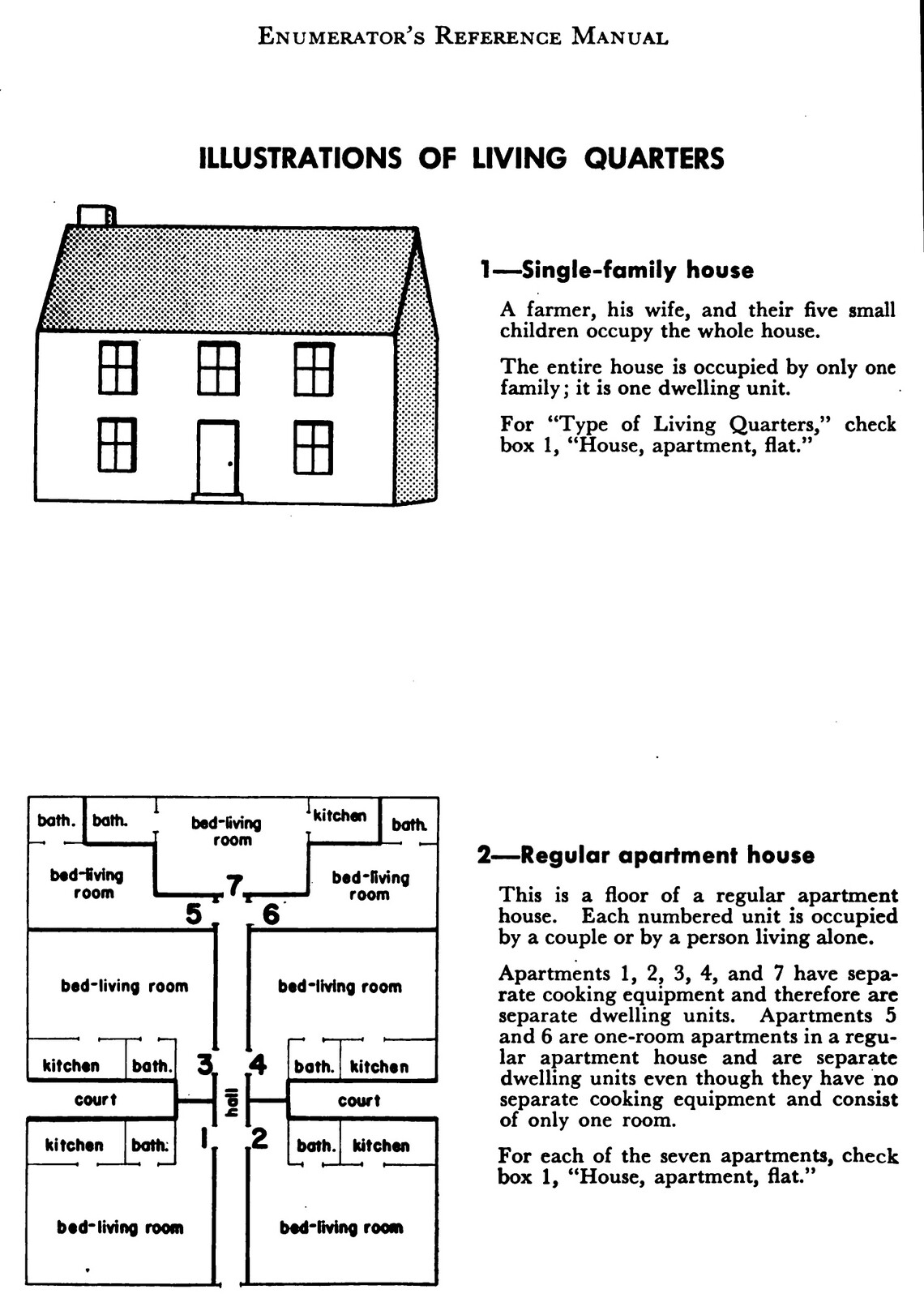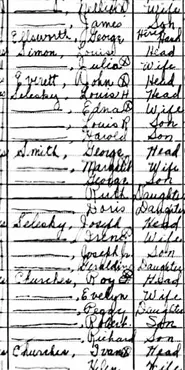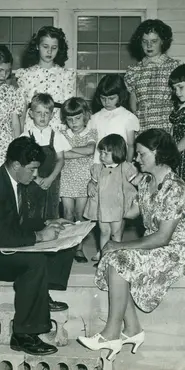Eliminating Possibilities
Too many results: If your Veteran has a common name, your searches will return a lot of results.
Solution: Family structure can help you rule out possibilities. Imagine you know the name of the Veteran’s father from the 1940 census, for example. You can rule out any 1930 records where the potential match had a father with a different name.
George Hutchinson Smith served in the Coast Guard and is buried at Great Lakes National Cemetery. He is here, listed as “son,” in 1940 Census Population Schedule for Grand Blanc, Michigan. Enumeration District 25-31, Sheet 4B.


